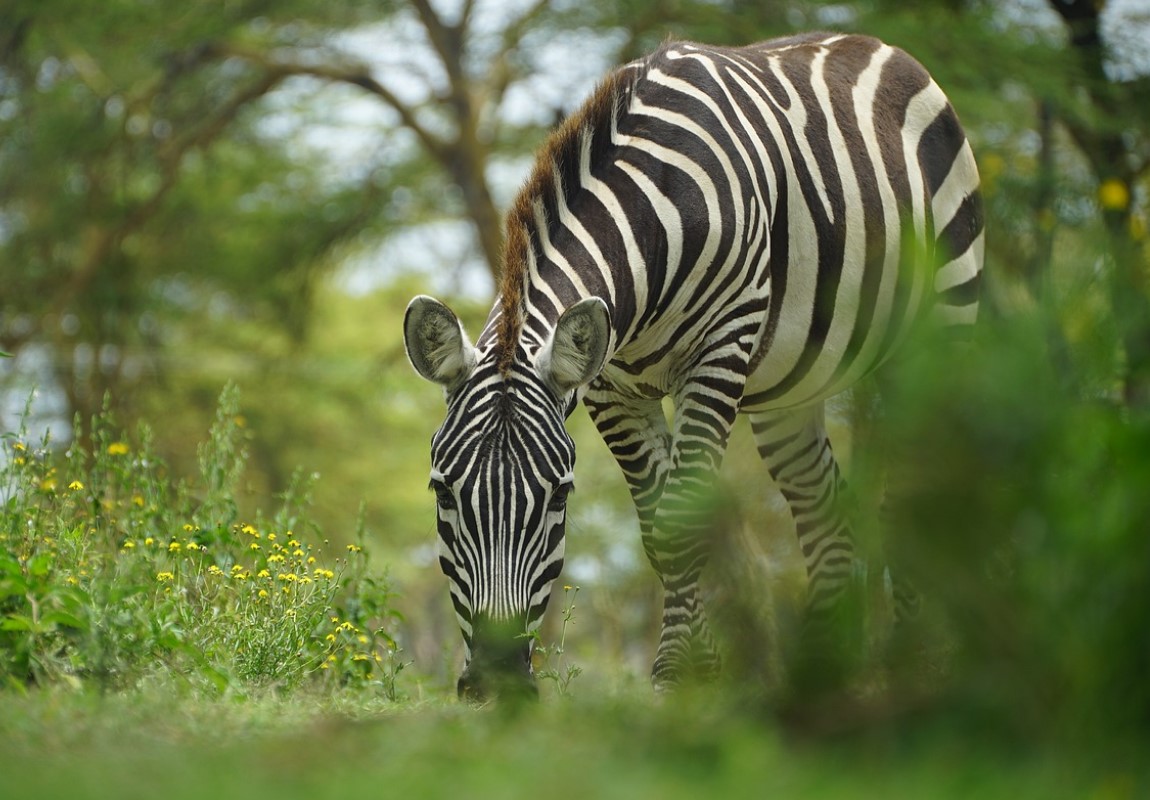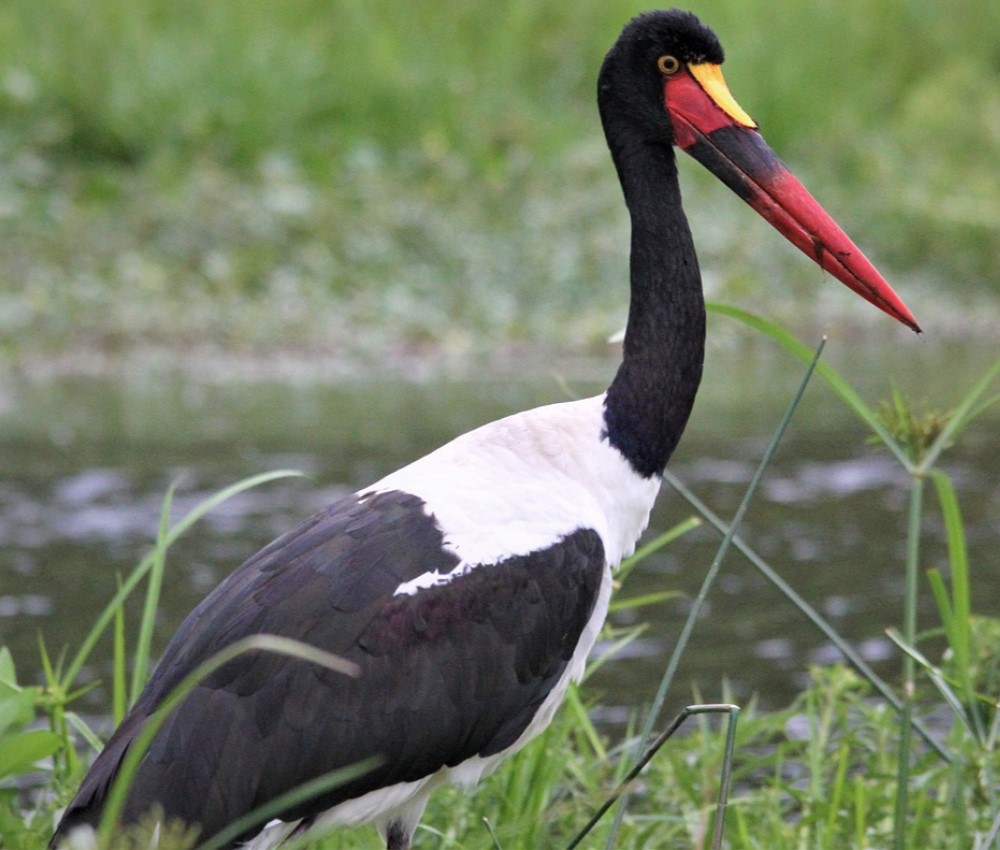Etosha National Park 
Starting from
$500PP
Overview
Etosha National Park, located in Namibia, is a breathtaking and renowned wildlife sanctuary that captivates visitors with its striking beauty and diverse wildlife. Spanning over 22,000 square kilometers, it is one of Africa's largest and most distinctive national parks. The park's centerpiece is the Etosha Pan, an immense salt flat that becomes a shimmering oasis during the rainy season, attracting an abundance of wildlife.
Visitors can explore the park through guided game drives, self-drive safaris, or the numerous waterholes scattered across the landscape, where animals congregate, providing unforgettable opportunities for wildlife viewing. Etosha's unique desert-adapted ecosystem and vast wilderness offer an authentic and unforgettable African safari experience, making it a must-visit destination for anyone seeking a closer encounter with nature's most extraordinary creations.
Pros & Cons
- Excellent wildlife viewing opportunities
- Beautiful and diverse scenery
- Professional guided safaris
- Unique ecosystem and biodiversity
- Can be crowded during peak season
- Weather dependent activities
Map in Namibia
Want to Visit Etosha National Park?
Want to Visit Etosha National Park?
Wildlife & Animals
The park is home to an impressive variety of animals, making it a haven for safari enthusiasts and nature lovers alike. Among the magnificent mammals that roam the plains of Etosha are the African elephant, lion, leopard, and black rhinoceros, showcasing the iconic Big Five. Additionally, herds of graceful zebras, agile springboks, and stately giraffes graze in the grasslands, while wildebeests migrate in search of fresh grazing grounds.
Wildlife Highlights
The Big Five: Etosha is home to all members of the iconic Big Five, including majestic elephants, powerful lions, elusive leopards, endangered black rhinoceroses, and massive Cape buffaloes. Observing these magnificent creatures in their natural habitat is a thrilling experience.
Best Time for Wildlife Viewing
Want to Visit Etosha National Park?
Birds
Etosha is a true birder's paradise, boasting over 340 species of birds. From striking raptors such as the martial eagle and Bateleur to flamboyant flocks of flamingos, the avian diversity is awe-inspiring. The Etosha Pan itself serves as a vital breeding ground for numerous water birds, including pelicans and storks. Birdwatchers are treated to an array of colorful and unique species, making it a delightful destination for birdwatching enthusiasts.
Best Time for Birding
Want to Visit Etosha National Park?
Best Time to Visit – Etosha National Park
May to October (Dry Season)
- Less vegetation and animals concentrate around water, making them easier to spot
- The skies are clear, rain is rare, and there are fewer mosquitoes
- Even though most tourists visit during the Dry season, the parks still feel uncrowded, except for the bustling Chobe riverfront area
- Early morning and evening drives are cold in June, July and August
November to April (Wet Season)
- The scenery is greener, and there are lower rates during this season
- Although wildlife is easier to spot in the Dry season, you'll still see plenty
- There are many newborn animals and migratory birds
- Except for January and February, rains seldom interfere with your trip
- During January and February, the rains can be continuous for days
- It gets very hot in October and November
- Some lodges and camps close down during part of the Wet season
Want to Visit Etosha National Park?
Activities
Explore popular activities available in and around Etosha National Park.
Want to Visit Etosha National Park?
No FAQs available for this park yet.

 English
English French
French










